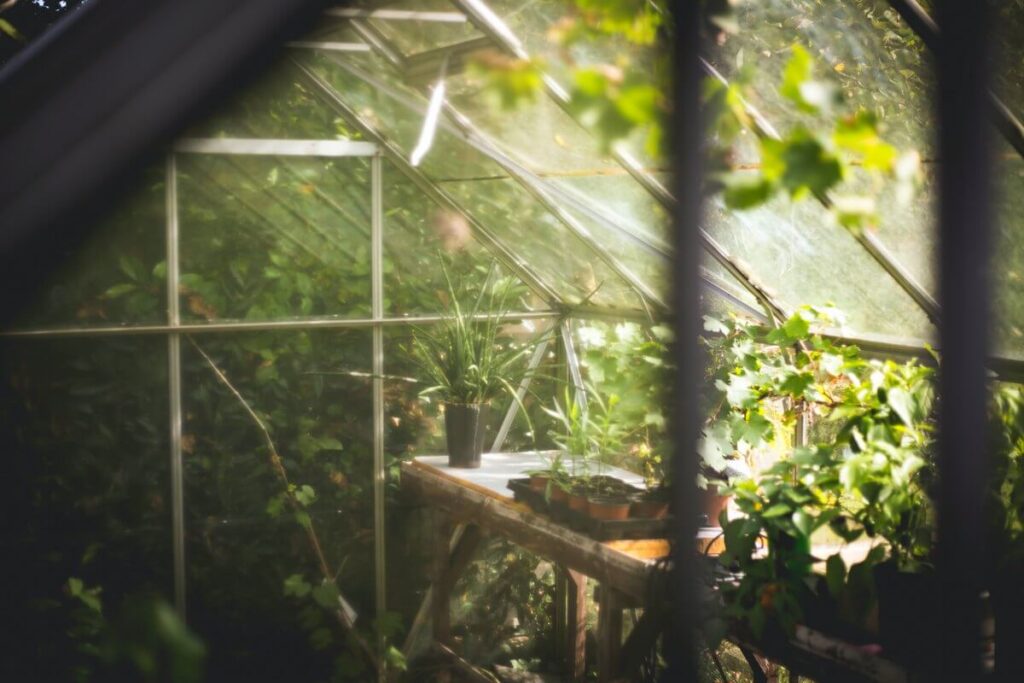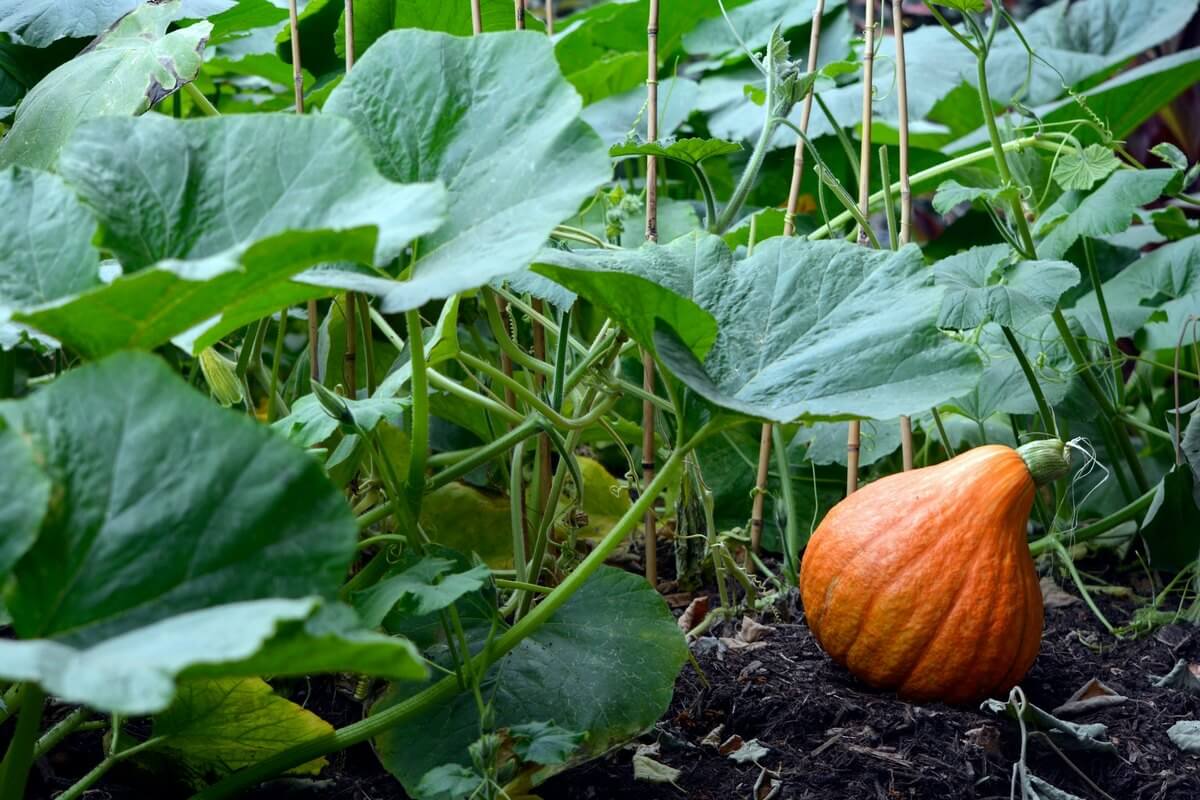The idea that growing your vegetables can save you money is not always accurate. Most people don’t realize how much they are spending to maintain their backyard. More importantly, they don’t notice how much money they may be wasting in the process. Indeed, it is fair to say that while growing yummy vegetables and fruits can put you in control of the ingredients you use, it can lead to significant waste too.
Home gardeners are likely to face higher utility bills costs. Additionally, unused harvest can go to waste. How can you keep your gardening costs down?
Rainwater is the best water
A rainwater tank that captures and stores water is an indispensable addition to the gardening household. You can keep water costs low by using rainwater to maintain the garden. You can easily find rainwater harvesting tanks on Amazon or even from sustainable resource providers. Beware, however, as some states have restrictions about rainwater collection, both in terms of how much you can collect and how. In Colorado, for example, you cannot collect more than 110 gallons of water, which can only be used on the property. In some states, though, you can even receive tax exemption for the purchase of harvesting equipment: Texas, Virginia, and Rhode Island offer tax deductions.
Diverse your growing plans
A greenhouse is a fantastic addition to your gardening projects. It allows you to grow vegetables in optimal conditions, even when the temperatures are cold. Therefore, you are guaranteed to have fresh crops even in the middle of winter with a heated greenhouse. However, heating your greenhouse comes at a cost. Nevertheless, you can create a self-sufficient environment with the installation of solar panels by a renewable energy company. The process can ensure the greenhouse maintains its temperature without draining your energy budget.

Learn how to keep your veggies for longer
The main problem with vegetable crops is that you will get more than you can eat at any given time. You can’t grow your veggies without knowing how to best store and preserve them. Too many enthusiastic gardeners end up throwing out rotting crops they didn’t store properly. Most vegetables can be packed onto plastic containers and frozen for later use, except for potatoes and cabbage. You can also preserve your crops through canning and pickling.
Stop wasting fresh products
Sometimes, it’s not even a matter of storage but more a problem of inventiveness. When you harvest your vegetables and roots, you need to eat seasonal food. Unfortunately, in a world where you can find a variety of ingredients in the shops out of season, it’s hard to know what to do with seasonal crops. More gardeners tend to get bored and leave unused crops to rot. Yet, there are many ways to make the most of your harvests through diverse meals and snacks that don’t feel repetitive. Take a look at pumpkins, for instance. These fiber bombs can be turned into yummy snacks, super baked goods, and even savory roasted dishes. Diversifying your recipes makes veggies less dull!
From food waste to increased utility costs, there’s no need to turn gardening into a financial burden. For all new gardeners out there, you’d be surprised by how many differences these waste-cutting tips can make to your household. After all, making the most of your garden with no added cost is the best way of going green.

